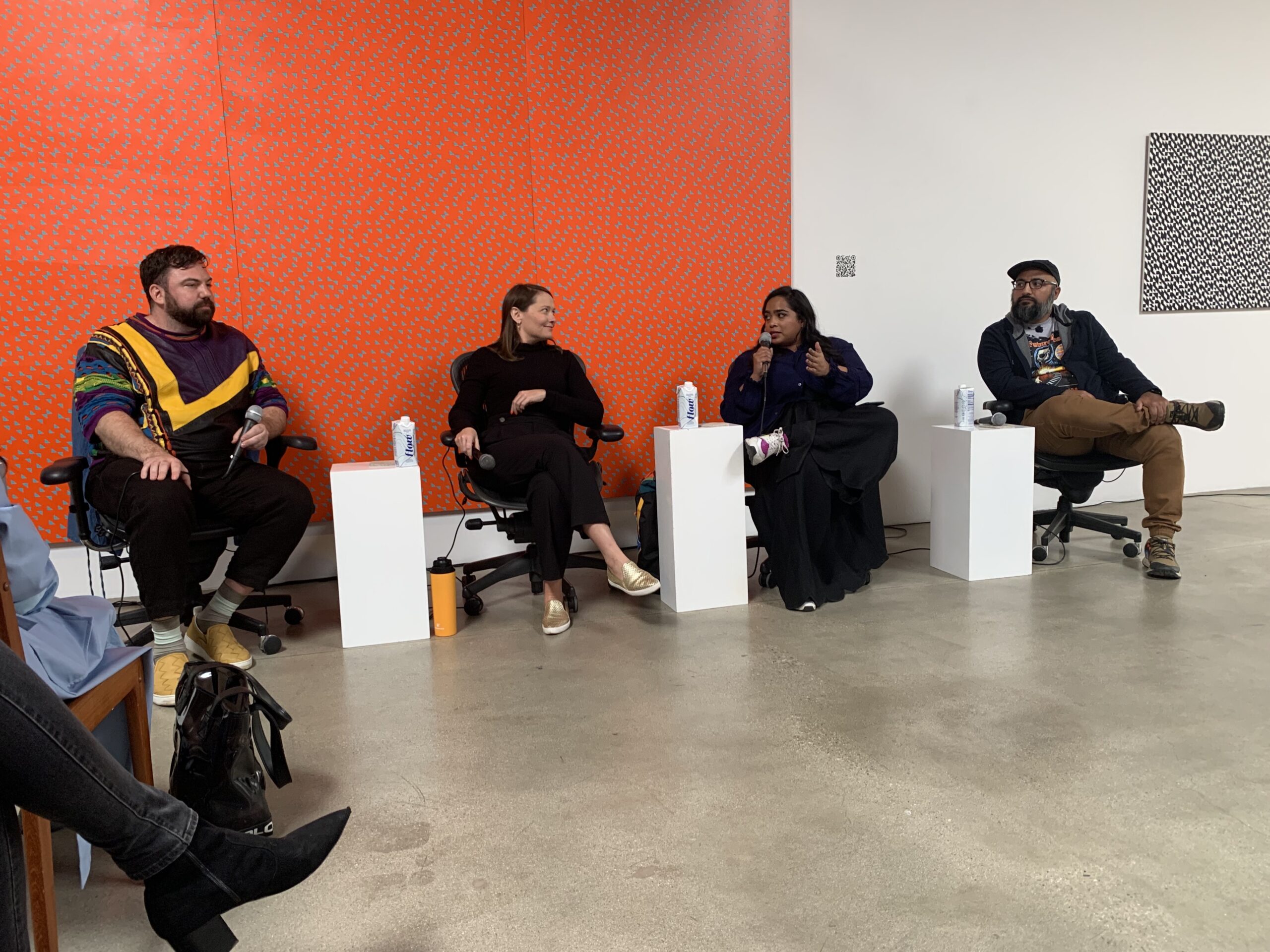
17 Feb Thinking Critically About NFT’s
By Chris Hoff
Nothing is true and everything is possible. – Peter Pomerantsev
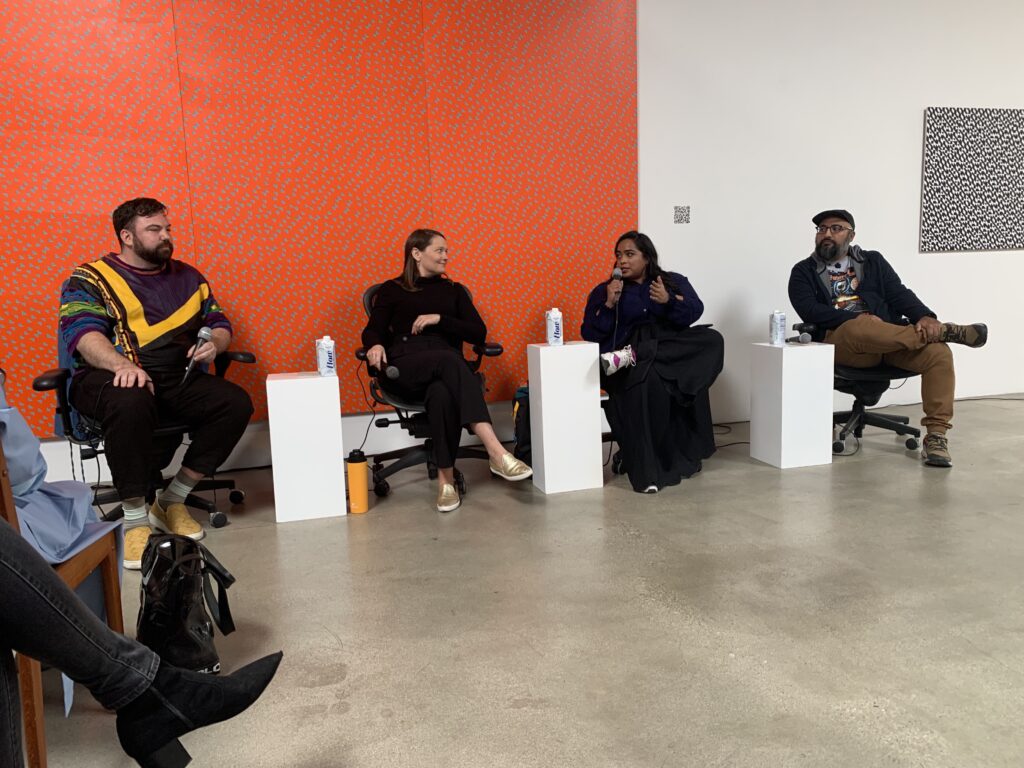
At this juncture, I don’t think there are many artists now that haven’t heard about a Beeple NFT going for $69 million, or a large series of arguably mediocre illustrations of a bored ape having a price of entry of 52 ether, or $210,000. I imagine this sort of news has many an artist, isolated away in their studios, wondering how they get a piece of the action and what this might mean for their careers? I also imagine that many gallerists are confronting the same dilemma. Asking themselves, how will this change the way we do business? Or what is our role in this new ecosystem?
I had many of the same questions. So, when I heard about an event being held at Honor Fraser gallery titled Thinking Critically about NFTs: Perspectives on Art, Value, and Power during Frieze Art Fair week. I made the trek to L.A. to see if I could answer some of these questions myself. The panel, moderated by Brian Droitcour managing editor of Outland was organized well, as it included a gallerist, a writer/curator, and an artist. The gallerist was Kelani Nichole of Transfer who has been a supporter of computer-based artwork for over a decade. The writer/curator was Nora Khan whose work focuses on digital visual culture and philosophy of emerging technology. And finally, the artist was Amir Fallah who creates paintings, murals, sculptures, and installations that explore systems of representation embedded in the history of Western art and has now entered into the NFT space.
This panel was not a “what is an NFT?” sort of panel but rather a conversation about cultural value versus financial value. How power is shifting in the NFT ecosystem. And what are the challenges contemporary art faces in this new ecosystem. Thematically it was broken into an examination of three roles. The role of the artist, gallery, and critique.
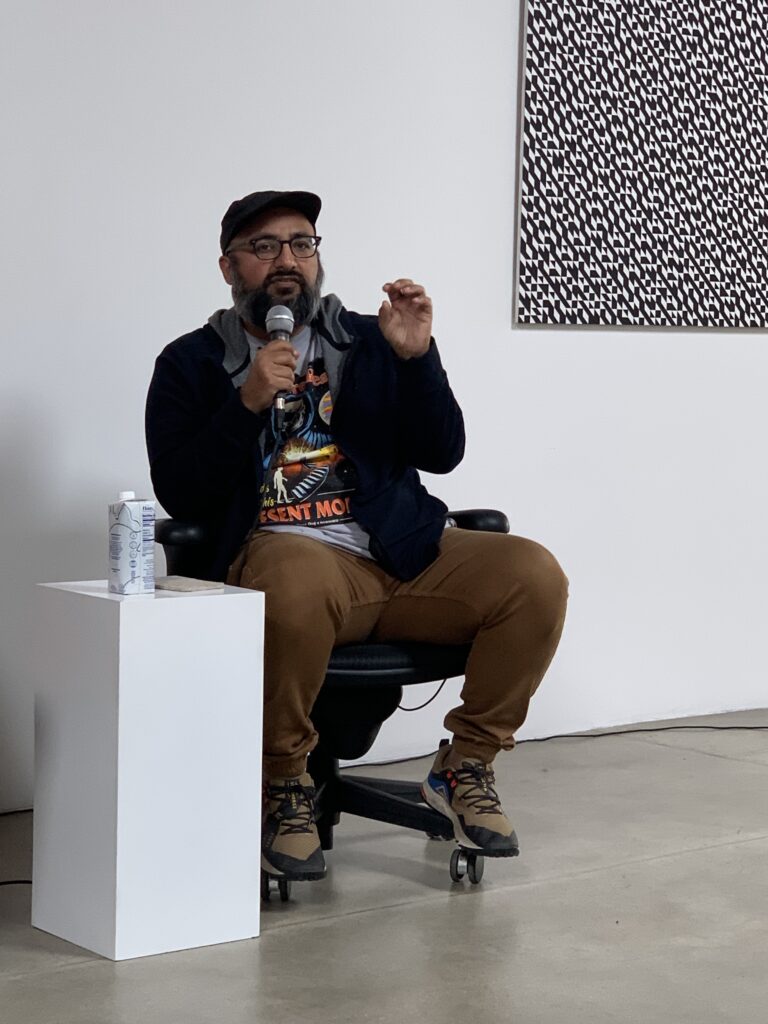
The Role of the Artist
Amir Fallah shared that he gets on average three calls a week from artists asking him if they should do an NFT. His response to these callers? They shouldn’t do it. He lets them know that the odds are they won’t make it. To which Kelani Nichole added how there is a myth around NFT’s that they are easier to do. But what people don’t understand is that NFT’s require much labor and the platforms do not offer support. And there’s not just labor involved. You’ll need money to create one. NFT gas fees themselves could leave an artist with a loss if their NFT’s fail to sell. And most likely, they will not sell.
Nora Khan offered up some questions that any artist considering jumping into the NFT ecosystem would be wise to ask themselves. First, what will this effort do to your work or practice? And what will building an NFT make possible? Khan was clear that not every artist needs to make an NFT, as seductive as it might be now.
So, say you’re a painter or sculptor for example and wondering how you might mint an NFT. Amir Fallah offered some helpful advice here. He shared how he used his computer to make his paintings evolved into other practices, that more easily transferred to the NFT world. And that he viewed this exploration into the NFT space as like doing an artist residency where you are free to do experimentation. Something to think about.
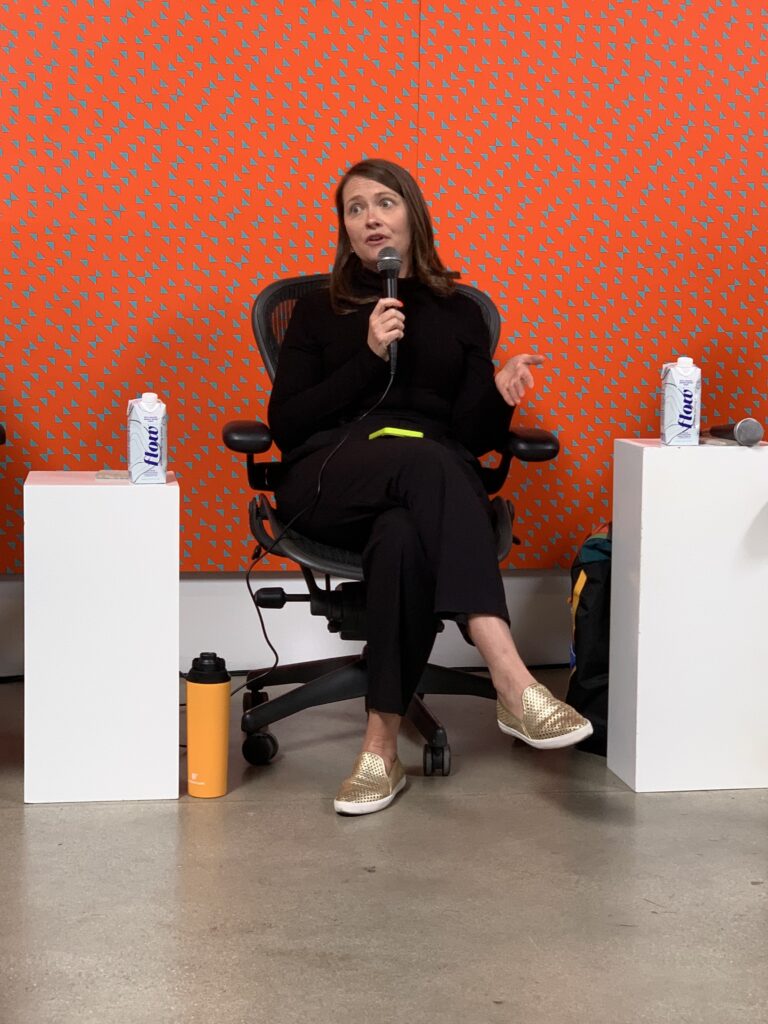
The Role of the Gallery
The role of the gallery in the NFT space still is hazy but Kelani Nicole believes ultimately the role of the gallerist in this space is to facilitate artist owned infrastructure. This facilitation will be done through bringing people together in these new spaces, slowing the process down in this space, the sharing of ideas, and the enabling of relationships, which all sound like the current model until Nicole posed the question, what if the artist decided what to pay the gallerist, based on the amount of work the gallery did for them? An interesting proposition that would transform the art world.
All the panelists where clear that in this new environment, artists are going to have to do much of their own work. Amir Fallah proposed that we may see the emergence of “NFT specialists.” These specialists would do the work after the art was minted. This could include press development, collector relationships, and general visibility. It will be interesting to see how the role of the gallery/gallerist continues to evolve in the NFT ecosystem.
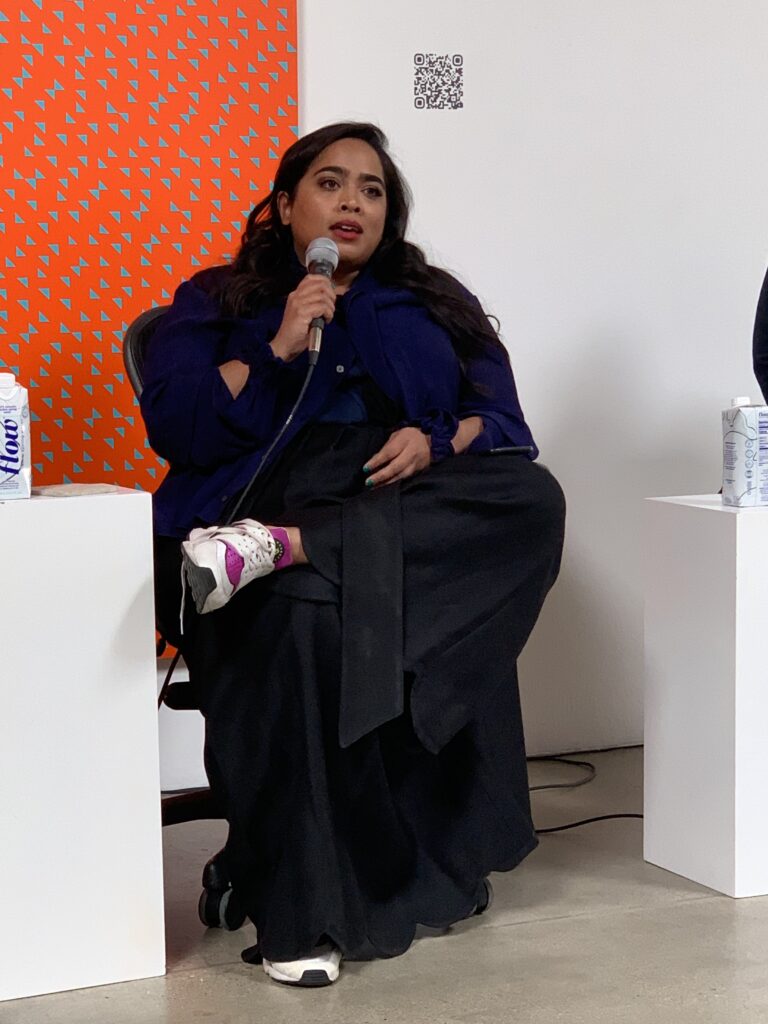
The Role of Critique
Throughout the panel there was talk of bringing education, art writing, and critique to the blockchain. That the space is ripe for conversations around cultural value versus financial value. Nora Khan pointed out some of the difficulties to date on why the space is absent a strong critical perspective. Khan highlighted the difference between the speed of critique and the speed of the marketplace on the blockchain. Until efforts to slow this process down have some success, it will be hard to have a critical infrastructure in tandem with the market. Fallah also referenced the speed of this ecosystem when he shared his experience of being an artist locked up in his studio for several years with no one paying attention and how this time was instrumental toward his development as an artist. He wondered out loud how the speed of success, for mediocre work, might be damaging to young artists. He also offered up some critique of his own when referencing the bored ape series, he asked how this work is different from any other illustrations, other than the method of deployment? Great question, ripe for a critical conversation.
I was glad I made the trek to L.A. to hear from the panel. My takeaways? We’ve entered a time where speed and speculation are king. The blockchain and NFT’s provide both in large quantities. But as the panel all agreed, we are at the very beginning of this new world. We are a long way away from any best practices for entering into and thriving in the new NFT ecosystem. So, hold on tight.



Sorry, the comment form is closed at this time.